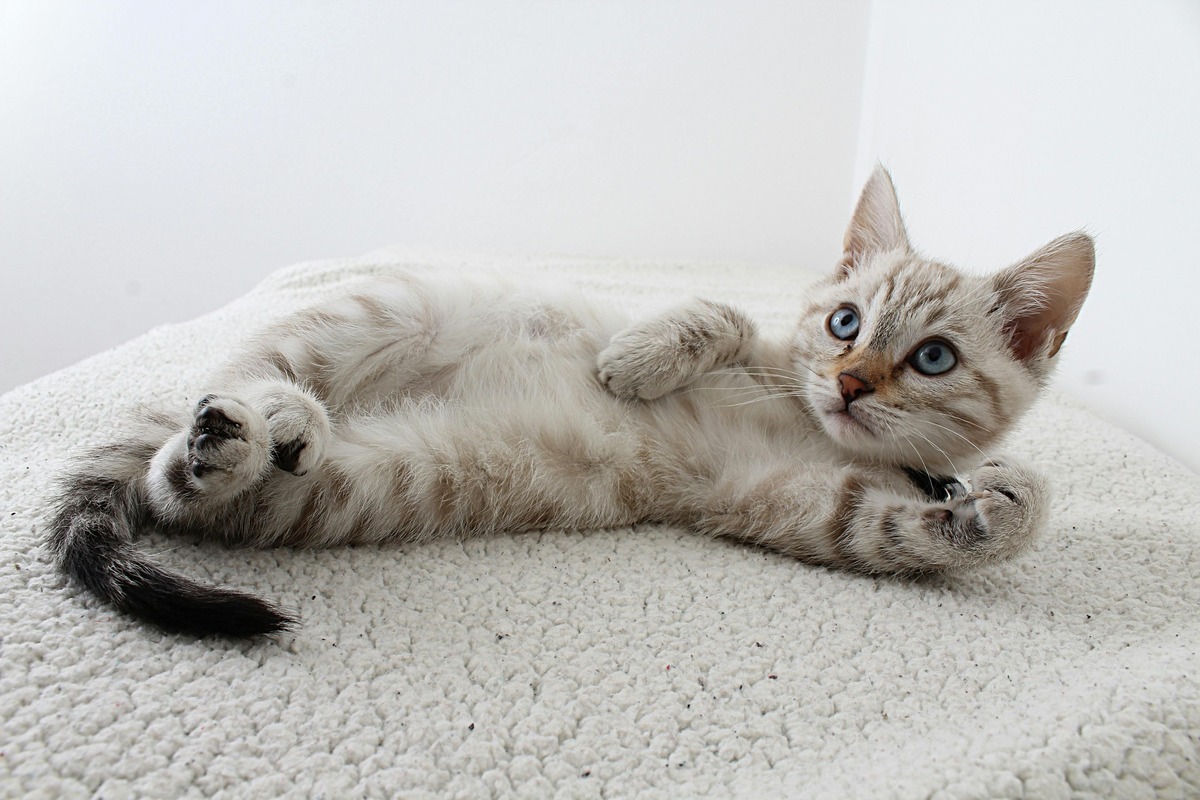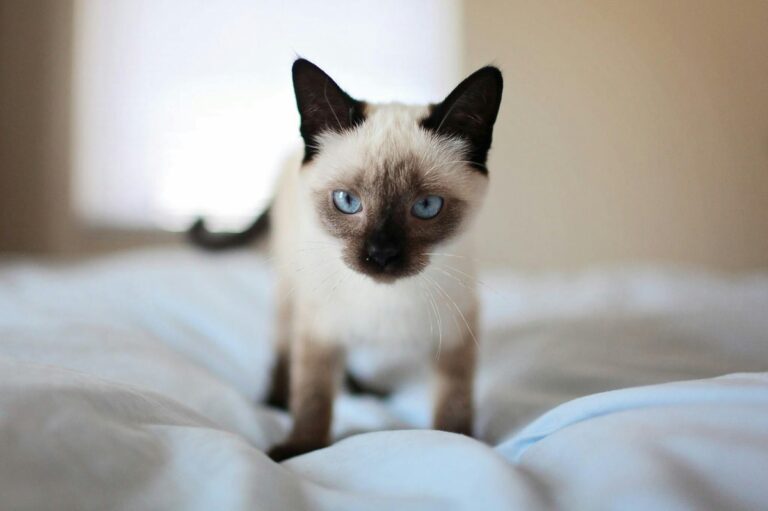6 Signs That Your Cat is Happy (And 6 Signs of Distress)
Cats are known for their mysterious behavior, often leaving owners wondering how their feline companions truly feel. While they may not wag their tails or smile like dogs, cats do communicate their emotional state—you just have to know what to look for. Understanding the signs of happiness and distress can help you build a stronger bond and ensure your cat’s well-being. That being said let’s start with signs that your cat is happy!
1. Purring Softly
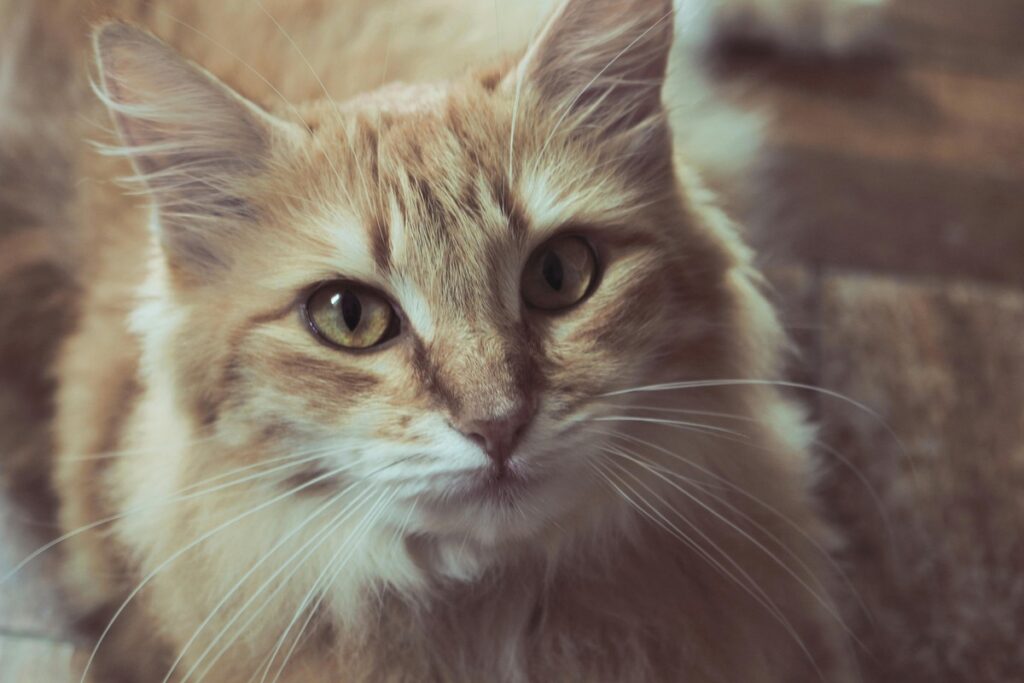
One of the most recognizable signs of feline contentment is a gentle, rhythmic purr. While cats may purr in some stressful situations, a soft, relaxed purr—especially when cuddled next to you—is a strong indicator of happiness.
2. Slow Blinking
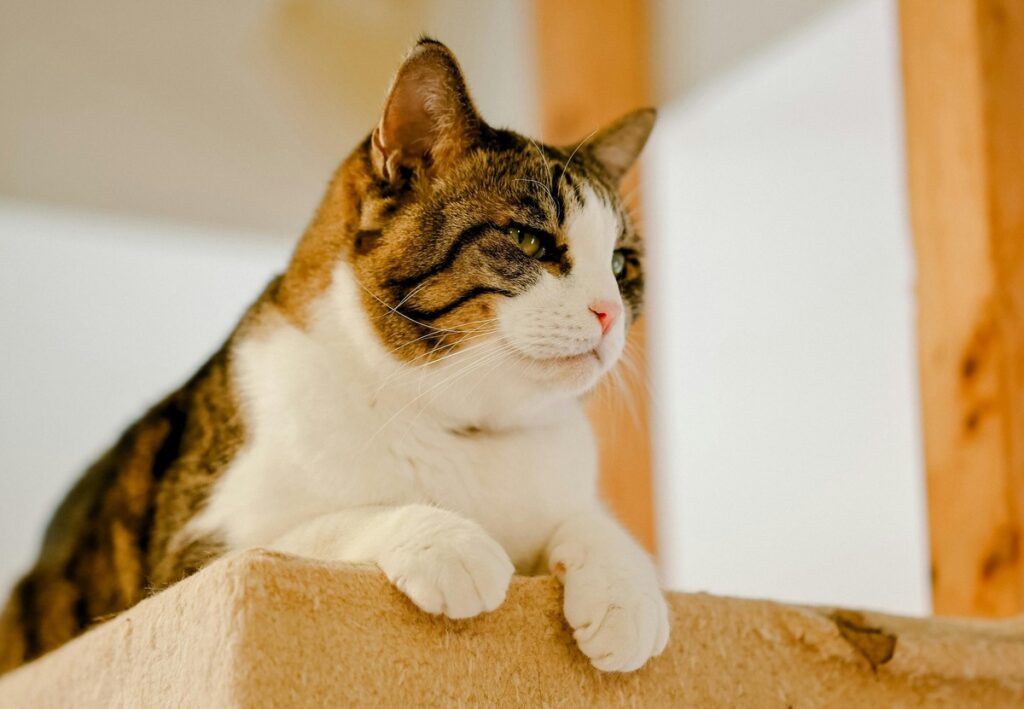
When your cat looks at you and slowly blinks, it’s their version of a kiss. Slow blinking is a sign of trust and affection, and it means your cat feels safe and relaxed around you.
3. Kneading with Their Paws
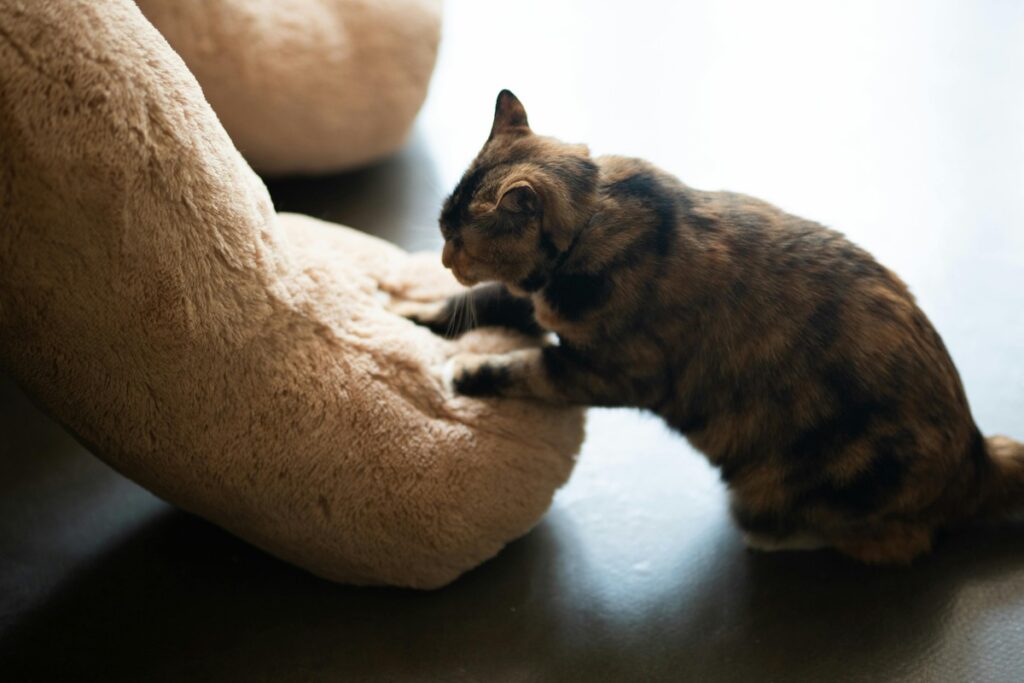
Often called “making biscuits,” kneading is a comforting behavior cats carry from kittenhood. If your cat kneads you or a soft blanket, they’re expressing contentment and relaxation.
4. Playful Behavior
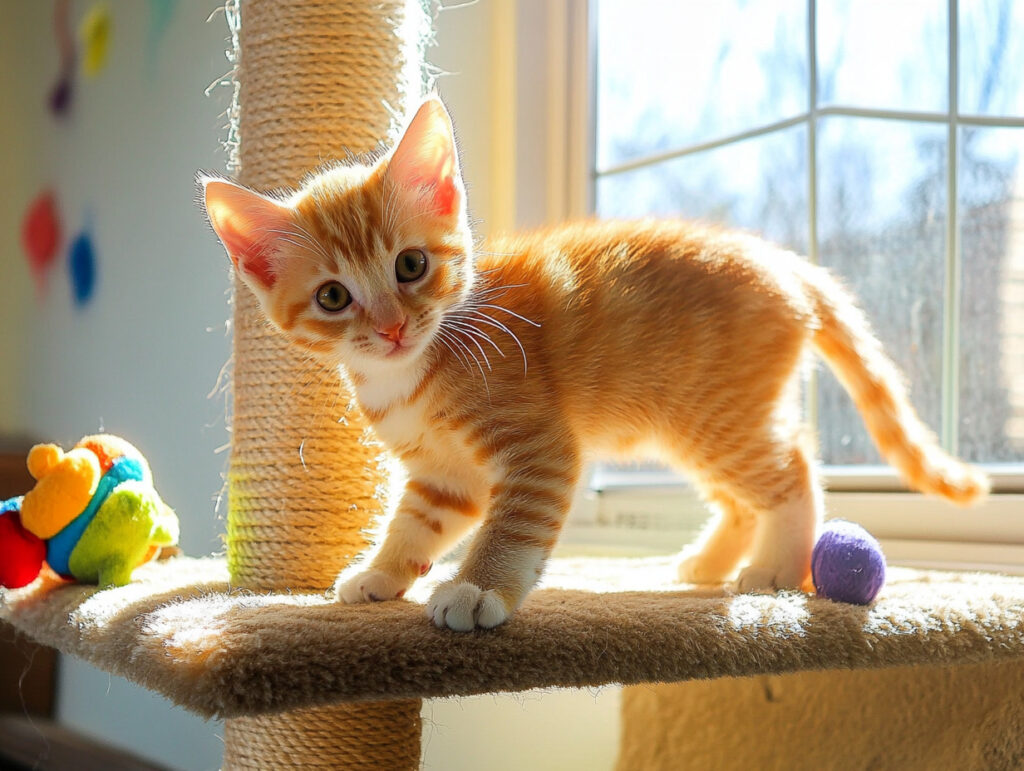
A happy cat will often have bursts of energy and curiosity. Chasing toys, stalking imaginary prey, or exploring their environment shows that your cat feels comfortable and stimulated.
5. Healthy Grooming Habits
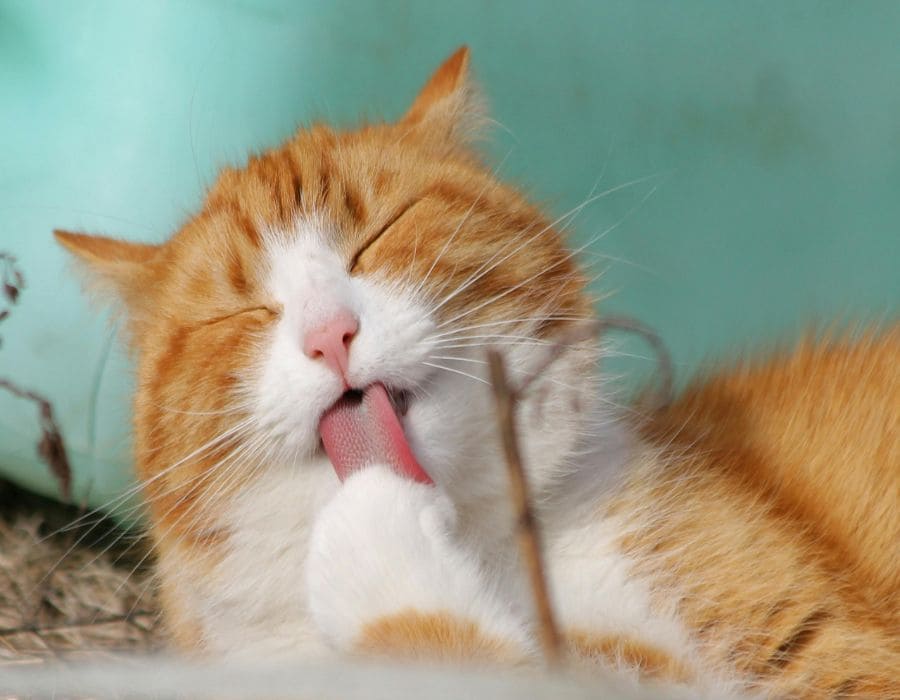
Cats are fastidious groomers. If your cat keeps their fur clean and shiny, it’s a sign of both physical health and emotional balance. They may even groom you as a form of bonding.
6. Exposed Belly (But Not Always an Invitation)
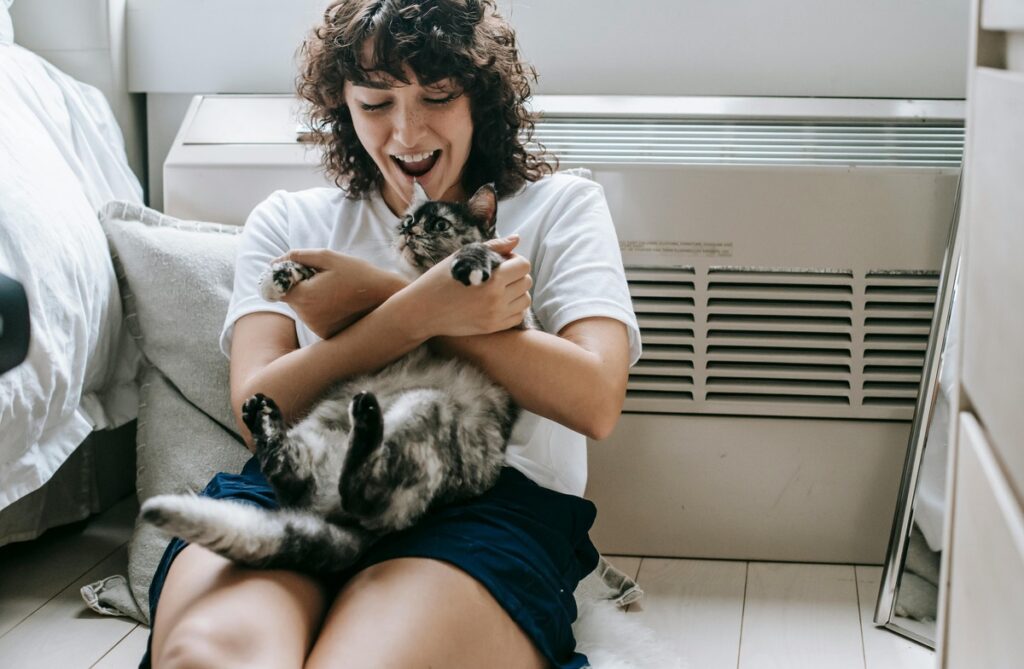
If your cat lies on their back and shows you their belly, it’s a vulnerable position. While it’s not always an invitation for a belly rub, it’s a clear sign they feel secure and trust you.
Now moving onto the signs that show that your cat might be in distress.
1. Hiding Frequently
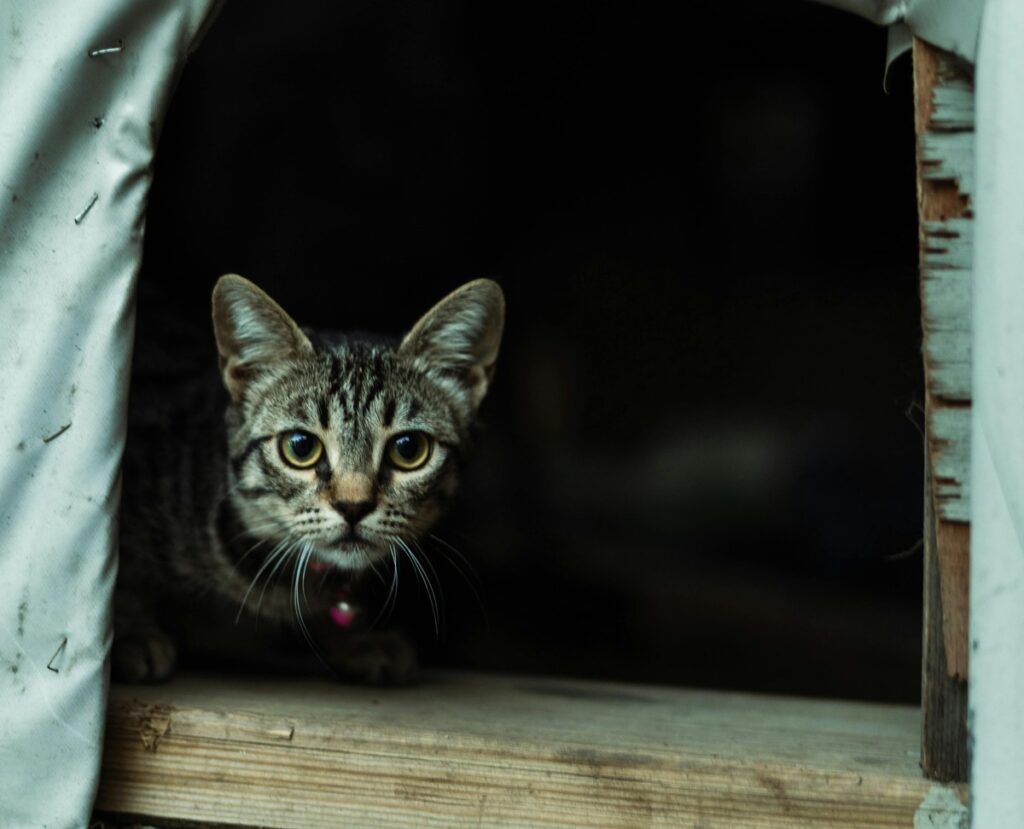
Cats do like their alone time, but excessive hiding—especially in hard-to-reach spots—is often a red flag. It could indicate fear, stress, or physical illness.
2. Aggressive or Withdrawn Behavior
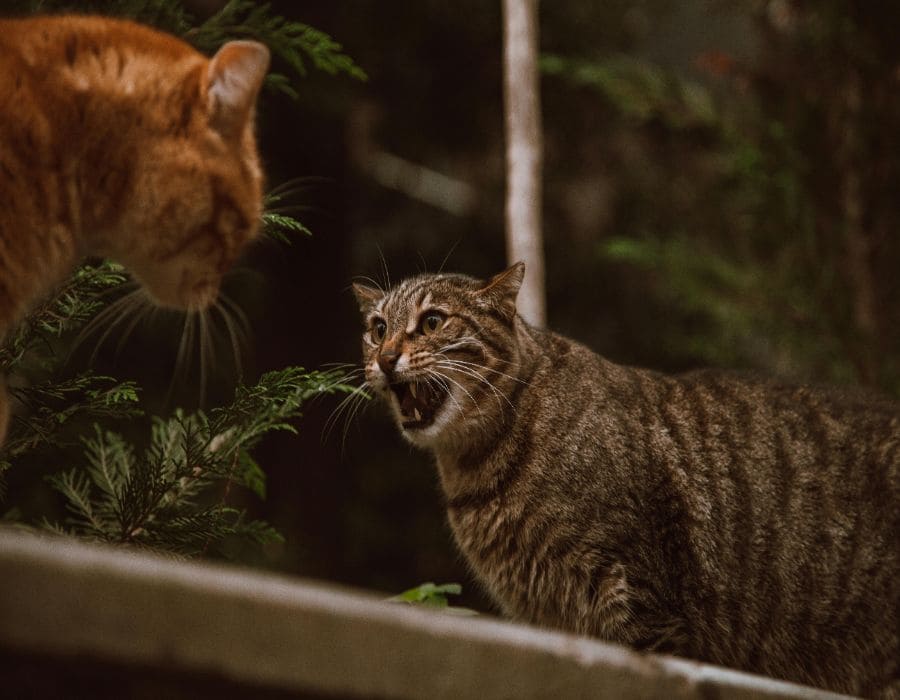
Sudden swatting, hissing, or avoidance of people can signal emotional distress. If your normally sweet cat becomes unpredictable, something may be wrong physically or emotionally.
3. Changes in Appetite
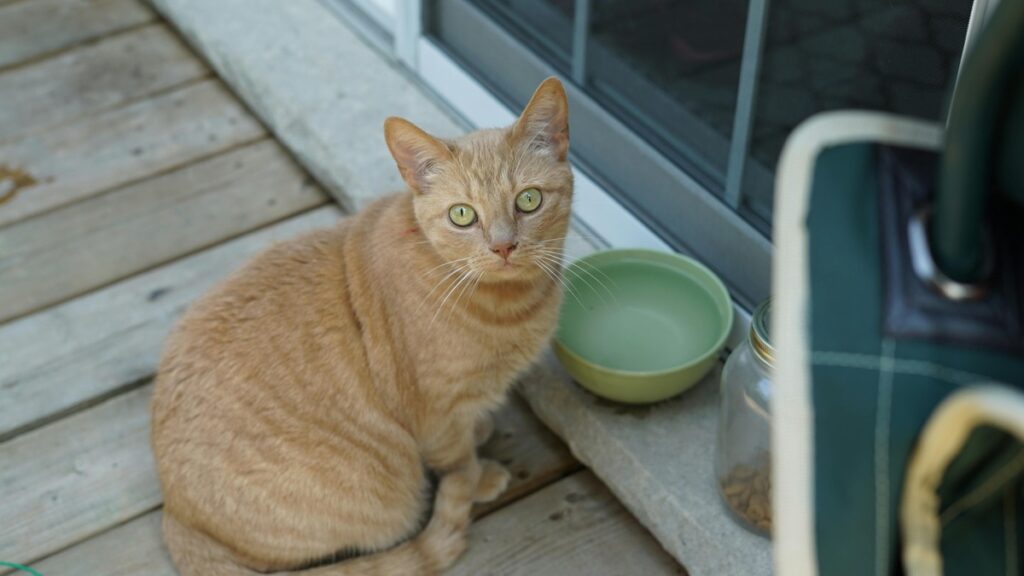
A sudden lack of interest in food or binge-eating behavior can be symptoms of underlying problems. Appetite changes are one of the clearest indicators that something’s not right.
4. Over-Grooming or Bald Spots
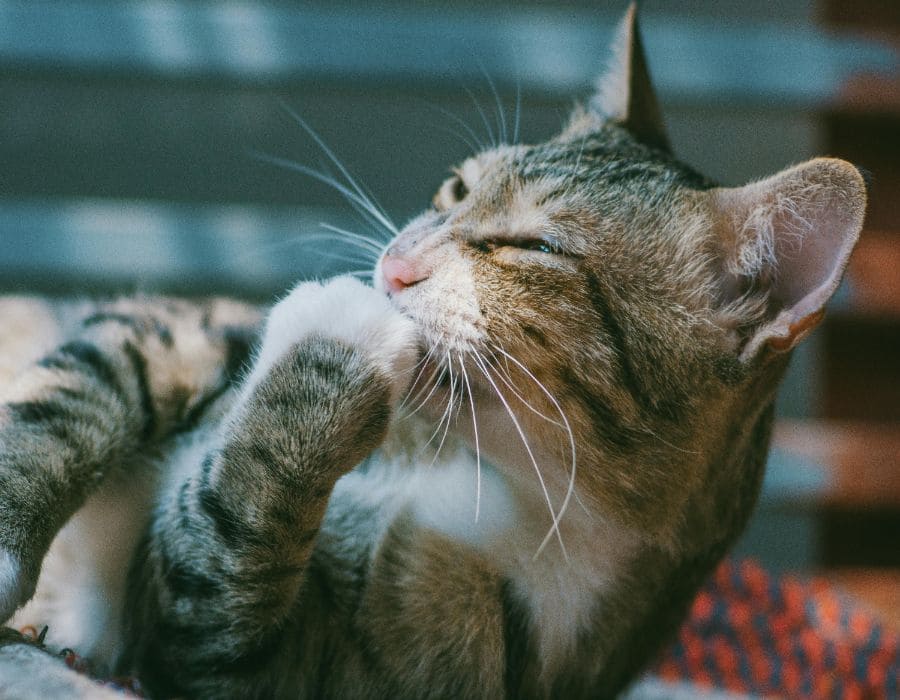
Cats experiencing stress or anxiety may lick themselves excessively, sometimes until the fur falls out. This can lead to skin irritation and may require both behavioral and medical treatment.
5. Litter Box Avoidance
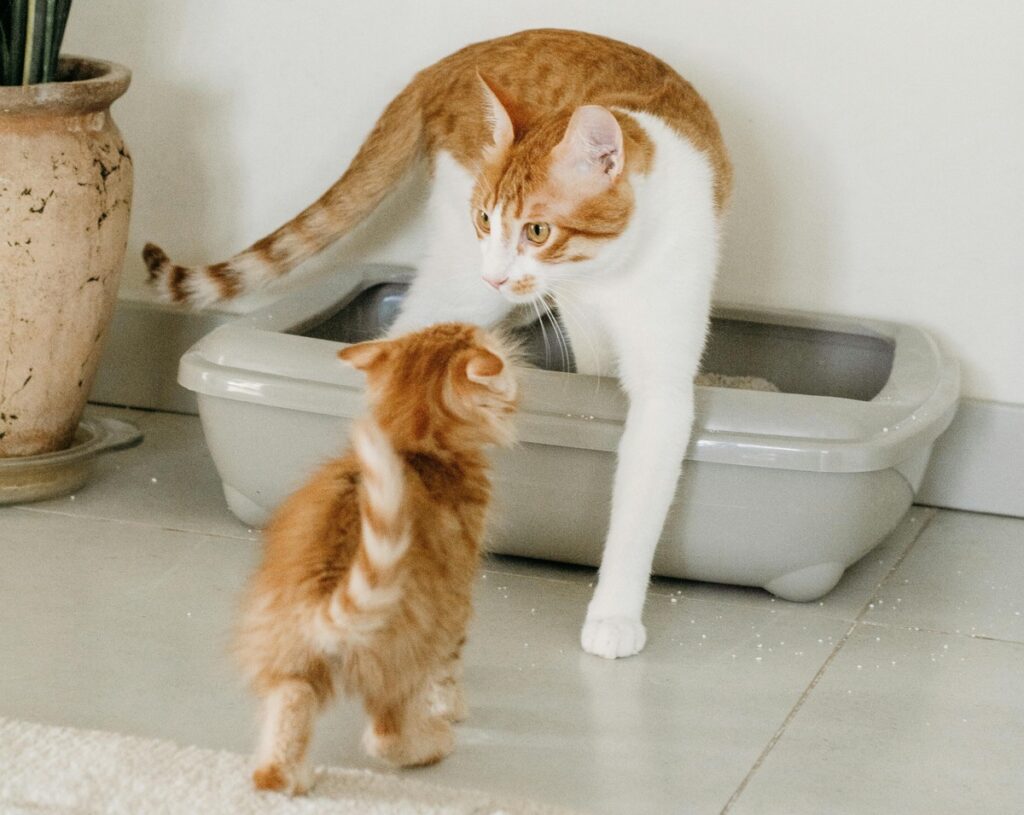
When a litter-trained cat starts eliminating outside the box, it’s often a signal of emotional upset or medical issues like urinary tract infections. Don’t ignore this behavior—it’s your cat trying to communicate.
6. Vocalizing Excessively
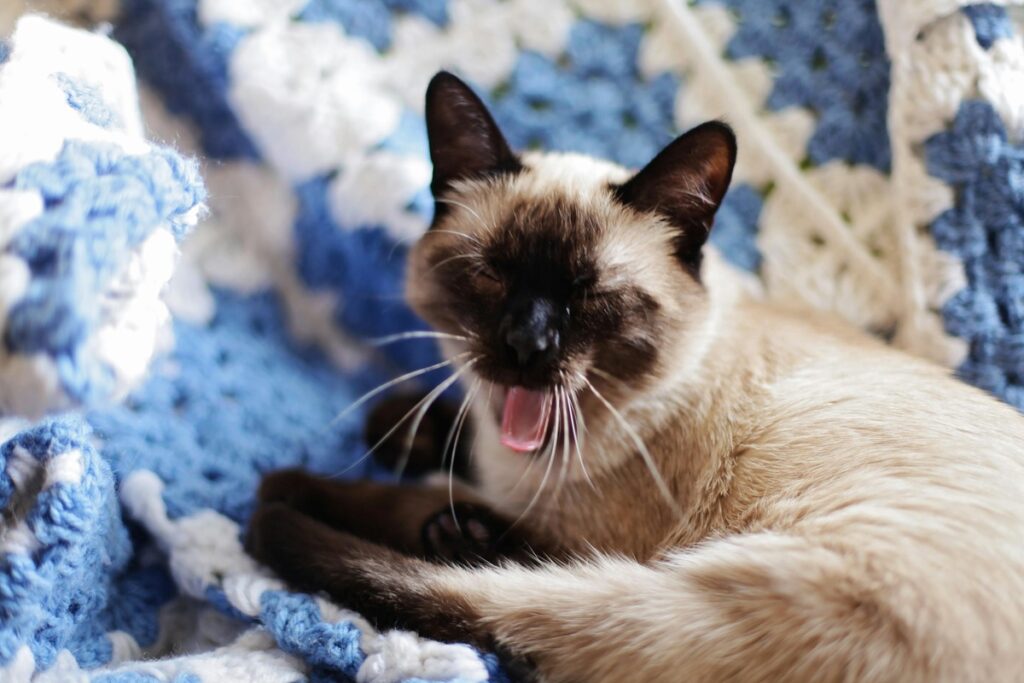
While some breeds are naturally chatty, sudden or increased vocalization can signal anxiety, loneliness, or pain. Listen closely—your cat may be crying out for help.
Reading the Clues Right
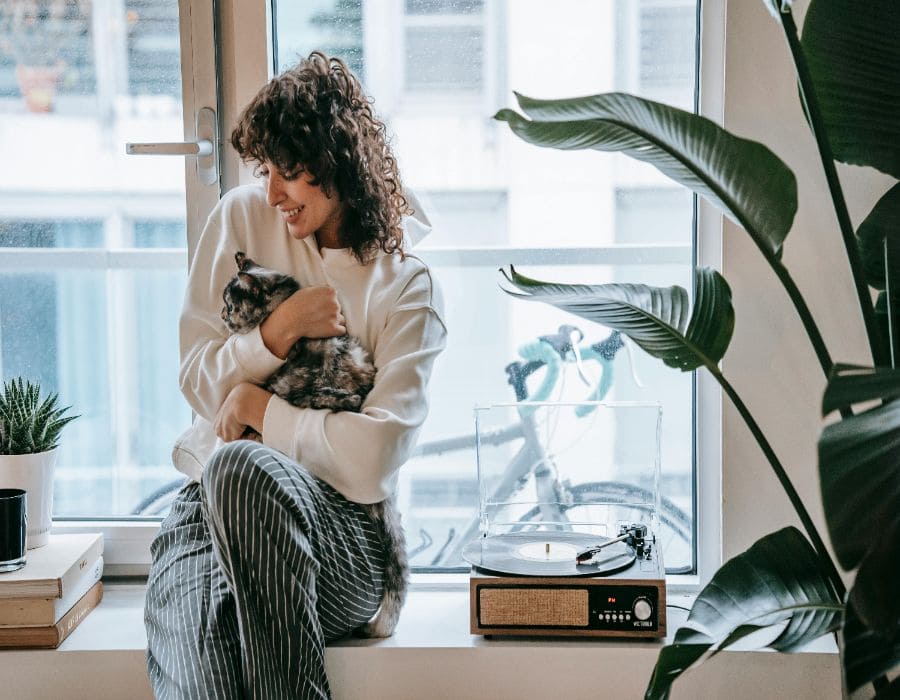
Understanding your cat’s subtle signals takes patience and observation. By recognizing both the happy behaviors and warning signs, you can ensure your furry friend stays healthy, safe, and emotionally fulfilled. A happy cat is a well-understood one—and your attention makes all the difference.

